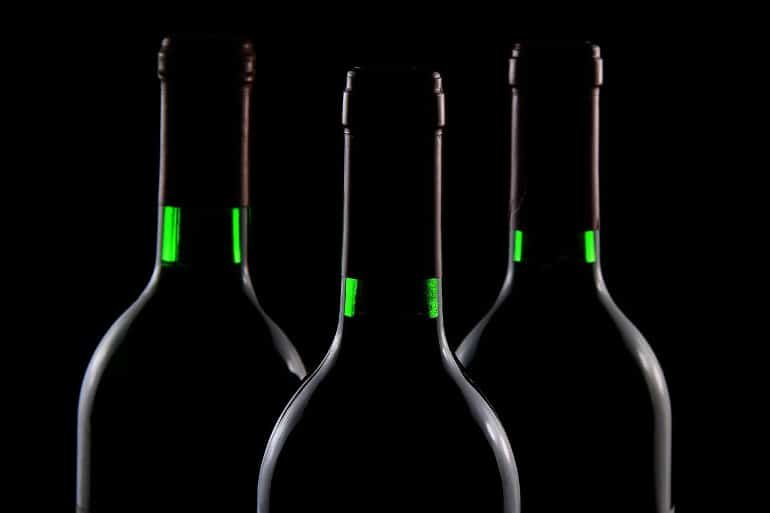Summary: Prazosin, an FDA-approved medication for the treatment of hypertension may help to prevent relapse in people with cardiovascular and behavioral symptoms of alcohol withdrawal, a new study reports.
Source: Research Society on Alcoholism
Prazosin, a medication FDA-approved for hypertension and used off-label for alcohol use disorder, may help prevent drinking relapse in people with cardiovascular or behavioral symptoms of alcohol withdrawal, according to a new study involving active-duty soldiers. Alcohol use disorder (AUD) is highly prevalent among soldiers.
Prazosin reduces the noradrenergic signaling that is key to regulating the brain stress response. Overactivity of the noradrenergic system produces irritability, anxiety, “fight or flight” responses, and sleep disturbance.
Noradrenergic activity can increase during abstinence from drinking; consequently, it contributes to mood disturbances, insomnia, and other distressing symptoms of alcohol withdrawal and to the “relief cravings” that can lead to relapse.
Elevated noradrenergic activity produces elevated blood pressure and heart rate symptomatic of alcohol withdrawal. Previous research has pointed to the potential of prazosin for reducing alcohol use and cravings.
For the study in Alcohol: Clinical & Experimental Research, investigators designed a randomized control trial of prazosin among US active-duty soldiers.
Between 2015 and 2018, researchers enrolled 102 soldiers in this placebo-controlled study. The soldiers were undergoing mandated outpatient treatment for hazardous drinking and were expected to achieve abstinence. That program overlapped with the first nine weeks of the study.
Participants were interviewed about their alcohol consumption and were randomized to receive prazosin or placebo for 13 weeks. The soldiers kept diaries recording their number of drinks per day, drinking days per week, and heavy drinking days per week. On weeks nine and 13, they completed questionnaires assessing their alcohol cravings, sleep, and depression symptoms.
Those who met diagnostic criteria for PTSD (48 soldiers) were assessed for symptom severity. Researchers tracked participants’ blood pressure, heart rate, and suicidal thinking. They used statistical analysis to compare outcomes of treatment versus placebo among the soldiers, also considering cardiovascular symptoms or PTSD.
The soldiers’ alcohol use had declined steeply even before they were randomized. Nevertheless, on average, those taking prazosin experienced a modest but significant reduction in drinks per day compared to those taking placebo. The differences were more striking among specific subgroups.

The 15 soldiers with elevated heart rates were at or near zero drinks by week nine and sustained this through the final four weeks of the study (after the outpatient program ended).
Those taking the placebo, in contrast, experienced an alcohol rebound during the latter period. The 27 soldiers on prazosin who had raised blood pressure reported a reduced number of drinks and drinking days compared to those on placebo, with the contrast more notable in the final four weeks.
Overall, prazosin did not appear to reduce alcohol cravings more than placebo, a finding that may reflect the particular conditions of this study. Still, within the prazosin group, soldiers with PTSD did experience relief from cravings. This is likely a result of the medication’s countering effect on excessive noradrenergic signaling in PTSD. Depression symptoms were marginally lower among the prazosin group than the placebo controls.
Among soldiers with elevated cardiovascular measures, the benefit of prazosin in reducing drinking was notable despite the participants’ low alcohol consumption at the start of the study.
The study findings endorse a “personalized medicine” approach for treating people with AUD at high risk of relapse, including those who experience cardiovascular or behavioral symptoms consistent with alcohol withdrawal. Additional research is needed.
